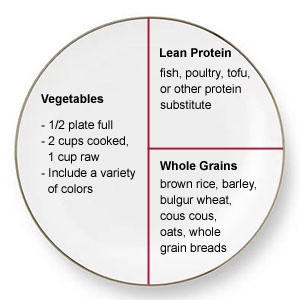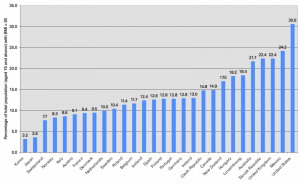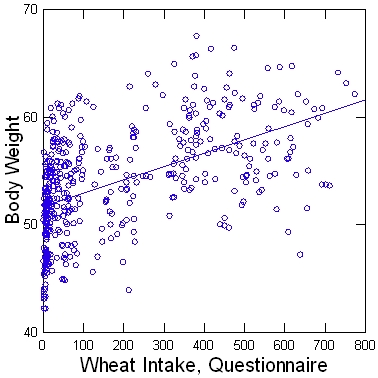Simona asked about her daughter’s scoliosis, and I advised that she cease eating wheat, since auto-antibodies to wheat are associated with development of scoliosis. In her response she mentioned the difficulty of convincing her family to give up wheat:
I have been trying to convince my husband to avoid wheat and gluten altogether, unsuccessfully, he sees it as extreme and unnecessary caution…. The only thing that could be changed besides introducing liver is eliminating the sourdough bread sandwich for lunch.(and obviously focusing on gluten-free cakes) Easier said than done.
This is the almost universal response: people love wheat!
In my first response to Simona I cited a paper that looked at wheat-induced auto-antibodies in rheumatoid arthritis patients. That was an interesting paper in several respects, but one of them was the reaction of the four patients with wheat autoimmunity to the results.
The clinical features of the four cases positive for IgG or IgA anti-tTG were as follows: The first case (female, 63 yrs) positive for IgA anti-tTG antibody suffered from rheumatoid arthritis, type II diabetes mellitus, iron deficiency anemia and gastric indigestion without symptoms of malabsorption. She denied any gluten sensitivity on her diet. Her esophagogastroduodenoscopic biopsy showed mucosal atrophy with no elongated crypts or infiltration of inflammatory cells in the lamina propria. The remaining three cases positive for anti-tTG antibodies had interstitial pneumonia, a herniated lumbar disc, and mild scoliosis, respectively. They all denied any malabsorption symptoms or gluten sensitivity. [1]
These four people were poisoning themselves with wheat; all had indisputable signs of autoimmune damage from wheat; and yet all insisted that they had no sensitivity to wheat.
In the book we mention one reason for this: wheat proteins digest to opioid peptides which stimulate the same receptors as morphine and heroin. [2,3,4] Wheat is pleasurable to consume and, quite literally, addictive.
Of course, morphine is famously effective at pain relief. It’s possible that wheat has the same effect. That may be another reason that people with painful conditions, like arthritis, feel better when eating wheat, and reject the idea they have wheat sensitivity.
Conclusion
One reason chronic diseases are so rarely cured is that in many cases, essential curative steps make people miserable for a time, while steps that aggravate the disease make people feel better.
This happens in chronic bacterial infections of the brain, where sugary drinks relieve a bacteria-induced cognitive hypoglycemia, making people feel better, but also enable the bacteria to proliferate and worsen the infection.
I was for years a poster child for bad eating:
- I used to love French bread and, when I was too busy to fix a meal, would eat a whole baguette with cheese.
- For years I drank a lot of colas because it temporarily made my brain more functional and happier.
Perhaps my purpose in life is well described by this poster:
Maybe my story can help scare your family straight, Simona. I’d hate to think my illness did no good at all!
References
[1] Song KS, Choi JR. Tissue transglutaminase autoantibodies in patients with IgM rheumatoid factors. Yonsei Med J. 2004 Oct 31;45(5):960-2. http://pmid.us/15515214.
[2] Zioudrou C et al. Opioid peptides derived from food proteins: The exorphins. J Biol Chem. 1979 Apr 10;254(7):2446-9. http://pmid.us/372181.
[3] Huebner FR et al. Demonstration of high opioid-like activity in isolated peptides from wheat gluten hydrolysates. Peptides. 1984 Nov-Dec;5(6):1139-47. http://pmid.us/6099562.
[4] Fukudome S, Yoshikawa M. Opioid peptides derived from wheat gluten: their isolation and characterization. FEBS Lett. 1992 Jan 13;296(1):107-11. http://pmid.us/1309704.















Recent Comments